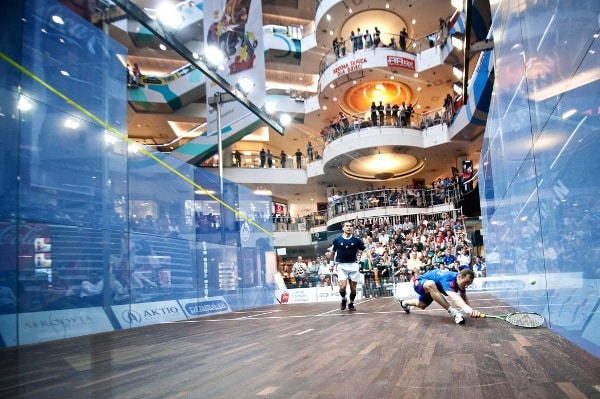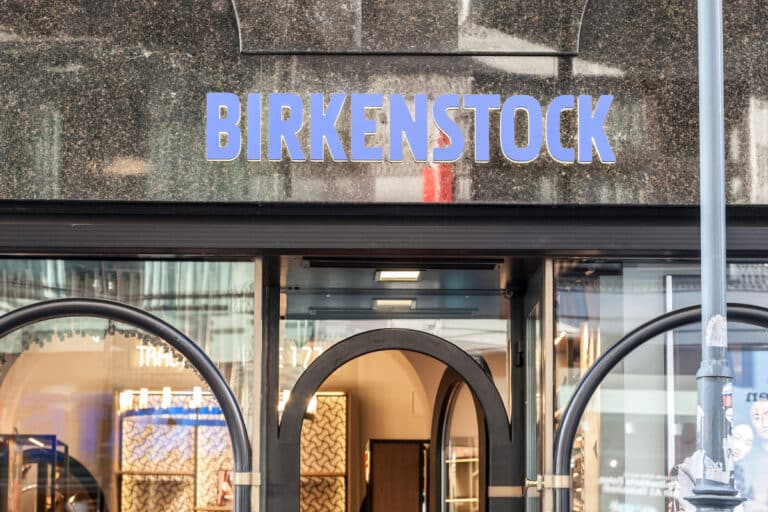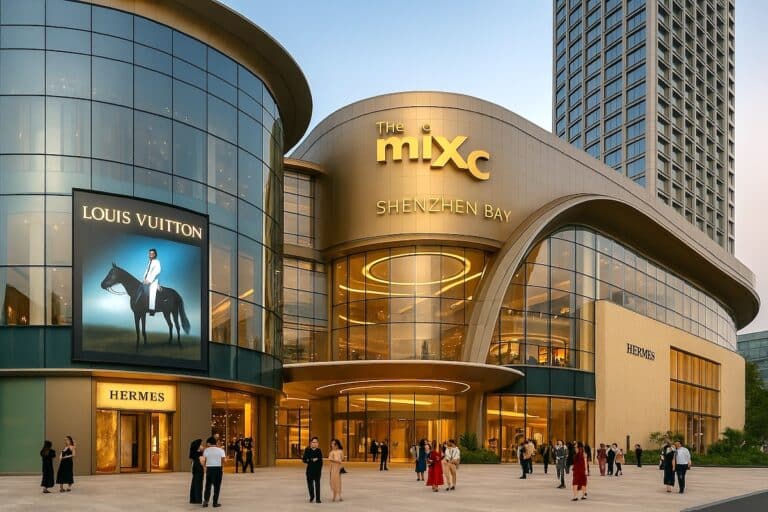
“Food is the new fashion, and fitness is the new food,” according to Acadia Realty Trust CEO.
As the retail sector continues to evolve, there’s one thing that the CEOs of some of the world’s largest shopping mall companies have in common: optimism for the future. As Bloomberg shares, the future looks pretty bright through their eyes.
While the times may be changing, that also opens up new doors to exciting possibilities. For some owners, that may mean a remodel or facelift to adapt to consumer preferences. For others, that may mean opening the doors to some new non-traditional tenants that will resonate with today’s consumers.
“Food is the new fashion, and fitness is the new food,” according to Acadia Realty Trust CEO Kenneth Bernstein.

Squash championships in Blue City shopping mall, photo by Pawel Dziurzynski
Bernstein is referring to the increase across the board in food tenants. For malls as a whole, food now accounts for a whopping 15 percent, a substantial increase from the days when the segment occupied just six percent. As for ‘fitness is the new food,’ Bernstein is referring to the growing trend of non-traditional tenants such as gyms taking up a plethora of space in traditional malls. Other tenants jumping on the mall bandwagon in significant numbers include grocery stores and interactive entertainment options.
Beyond the evolving mall landscape, one old tenet of real estate success still rings true.
“If you own the best real estate, you will thrive,” says Sandeep Mathrani, CEO of mall operator GGP Inc. “Old-fashioned retail shopping centers will continue to exist as long as they’re in the right location,” he continues.
They will undoubtedly continue to exist; they just may look a little different. In fact, some malls are even offering up space to doctors and other professionals, and some areas are being transformed to include a residential component in the form of apartments or condominiums.
As for the retail environment itself, there’s no doubt that the winds of change are blowing pretty hard. Legacy retailers continue to play catch-up in the area of e-commerce, but newer players are holding their own and gaining traction by finding a way to resonate with today’s shoppers. The most successful ones are balancing the line between online and offline sales, and those same strategies can quickly be adopted by other retailers as well.
“Home Depot is a perfect example of being very efficient at both the physical bricks-and-mortar as well as the e-commerce business. There is an omnichannel wave now that is widely accepted by most consumers,” said Conor Flynn, CEO of Kimco Realty Corp.

The policy of using gender-neutral changing rooms makes it unsafe for women to visit the stores.

Birkenstock has opted for a pricing point near the midpoint of its targeted range of $44 to $49 per share.

Central Pattana unveils The Central, a new US$575m mall in Bangkok’s fast-growing northern district with a planned opening in late…

Singles’ Day 2025 breaks new global records with $150B+ in sales. Discover the top categories, data insights, and retail trends…

MixC Shenzhen Bay opens in Shenzhen’s Nanshan district, blending luxury retail, art, and lifestyle into one destination, redefining the Asian…

From Nike’s storytelling to IKEA’s precision and Glossier’s human tone—the best retail press releases don’t just announce, they connect.